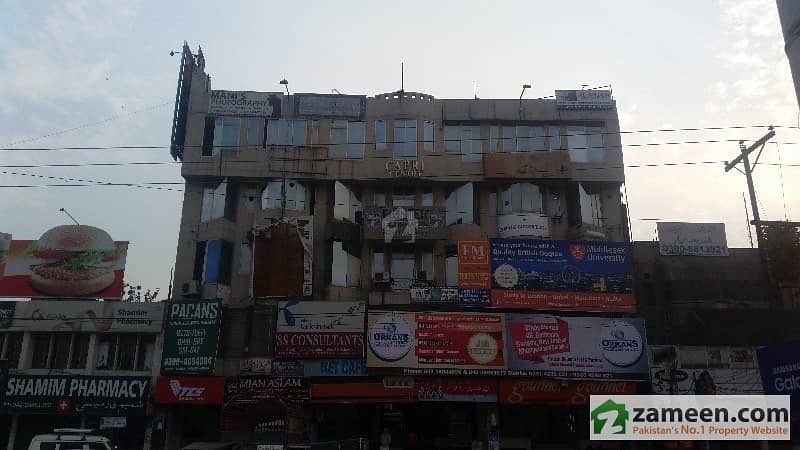
How long will it take for my investment in $OHM to become risk free?
- 300 days base case
- 180 days bull case.
- 20x return
Base case assumptions:
1. Rebase rate: 0.35% (currently 0.55%)
2. Growth rate of Risk Free Value per Ohm: $0.2/day/ohm
1 day ago RFV/Ohm was $14.1
- 300 days base case
- 180 days bull case.
- 20x return
Base case assumptions:
1. Rebase rate: 0.35% (currently 0.55%)
2. Growth rate of Risk Free Value per Ohm: $0.2/day/ohm
1 day ago RFV/Ohm was $14.1
Today RFV = $7.7 million
Total Ohm Supply = 537,423
RFV / Ohm Supply = $14.3
So RFV/Ohm grew by $0.2 / day. Trend is steady.
In 180 days RFV / Ohm = $0.2 * 180 = $36 + current RFV / Ohm of $14.3 = $50 RFV / Ohm
duneanalytics.com/shadow/Olympus…
Total Ohm Supply = 537,423
RFV / Ohm Supply = $14.3
So RFV/Ohm grew by $0.2 / day. Trend is steady.
In 180 days RFV / Ohm = $0.2 * 180 = $36 + current RFV / Ohm of $14.3 = $50 RFV / Ohm
duneanalytics.com/shadow/Olympus…
Today rebase rate is 0.56%. This is expected to decline. Let’s assume 0.35% average rebase, then in the next 180 days One $OHM today will yield
(1.0035)^180*3 = 6.6 Ohms in 180 days. (Compounding every 8 hrs)
So RFV of One Ohm staked today = 6.6 * $50 = $330 in 180 days
(1.0035)^180*3 = 6.6 Ohms in 180 days. (Compounding every 8 hrs)
So RFV of One Ohm staked today = 6.6 * $50 = $330 in 180 days
Ohm is trading under $300 right now.
Buying one $OHM today and staking it will result in a Risk Free Value of $329 in 180 days.
Hence time to risk free = less than 180 days. This is bull case.
Buying one $OHM today and staking it will result in a Risk Free Value of $329 in 180 days.
Hence time to risk free = less than 180 days. This is bull case.
In base case let’s assume that RFV/Ohm does not grow and stays at $14.3. Unlikely but let’s play.
In 300 days, one $OHM staked today will equal (1.0035)^300*3= 23.2 $OHMs.
23.2 * $14.3 RFV / Ohm = $331
So with no growth in RFV/Ohm/ day , time to risk free is 300 days.
In 300 days, one $OHM staked today will equal (1.0035)^300*3= 23.2 $OHMs.
23.2 * $14.3 RFV / Ohm = $331
So with no growth in RFV/Ohm/ day , time to risk free is 300 days.
This is not financial advice. I’m a life long student of financial modeling and my mind has been blown away by the incentive structure of @OlympusDAO.
This protocol has figured out a way to align incentives of HODLers, liquidity providers and stablecoins (DAI, FRAX, UST et al)
This protocol has figured out a way to align incentives of HODLers, liquidity providers and stablecoins (DAI, FRAX, UST et al)
Don’t take my word for it, see the historical data yourself.
This is the beauty of blockchain. You can see real-time financial statements and data of a project to see if the theories proposed are actually working.
docs.google.com/spreadsheets/d…
This is the beauty of blockchain. You can see real-time financial statements and data of a project to see if the theories proposed are actually working.
docs.google.com/spreadsheets/d…
An important question of course is: what’s driving the demand for Ohm? What’s the killer app? Well it’s Algorithmic Stablecoins looking for a liquidity provider who won’t rug pull no matter what.
Those Algo Stables are recognizing that $OHM is the decentralized reserve currency
Those Algo Stables are recognizing that $OHM is the decentralized reserve currency
Today the market value of Ohm ($290) divided by Risk Free value per Ohm ($14.3) = 20x
If RFV / Ohm = $50 in 6-10 months, then market price per $OHM should be = 20 * $50 = $1,000
So one $OHM staked today promises a 20x return with no capital at risk in 6-10 months.
NFA. DYOR.
If RFV / Ohm = $50 in 6-10 months, then market price per $OHM should be = 20 * $50 = $1,000
So one $OHM staked today promises a 20x return with no capital at risk in 6-10 months.
NFA. DYOR.
What can go wrong?
- The team disappears and runs off (if they do, community can still rebuild)
- Smart contract failure or hack (will get fixed, incentive design is powerful)
- Something goes wrong with Ethereum upgrade (low probability, beacon chain going well)
- The team disappears and runs off (if they do, community can still rebuild)
- Smart contract failure or hack (will get fixed, incentive design is powerful)
- Something goes wrong with Ethereum upgrade (low probability, beacon chain going well)
• • •
Missing some Tweet in this thread? You can try to
force a refresh














